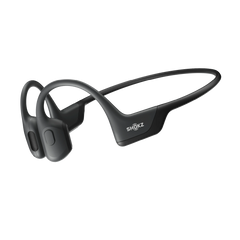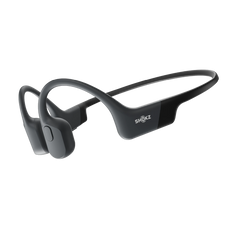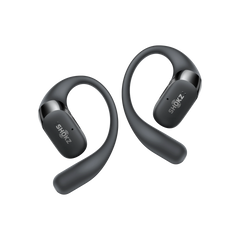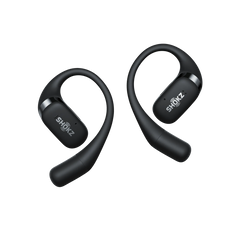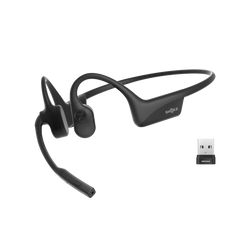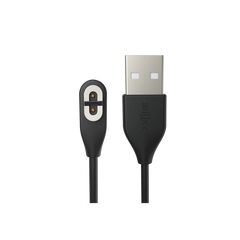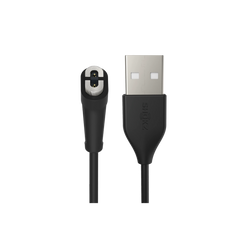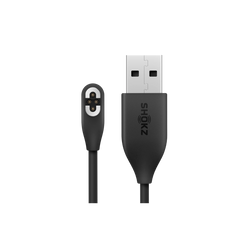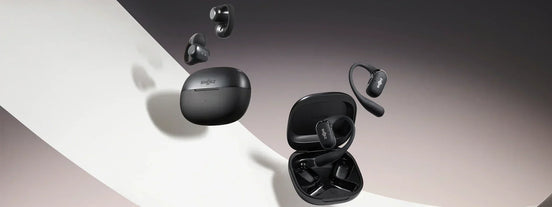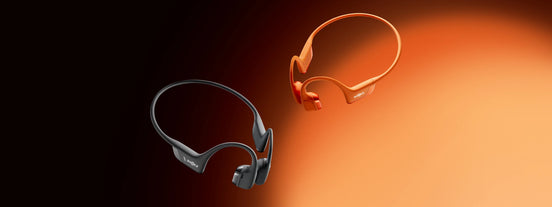Understanding Comfort: What It Really Means to Support Someone Emotionally
Comforting someone isn’t about finding the perfect words—it’s about empathy, presence, and attentive listening. It’s a practice that brings people closer and reminds us that we are not alone in our struggles.
What Does “Comfort” Truly Mean?
At its core, comfort is creating a space where someone feels safe, seen, and supported. It’s the reassurance that says, “You’re not alone.”
Whether it’s a hug, a thoughtful message, or simply saying, “I’m here,” comfort doesn’t require grand gestures. Tone, patience, and warmth often matter more than any quick solution.
According to the American Psychological Association, empathy—the ability to feel what another person feels—is one of the most powerful tools for emotional connection.
The Science Behind Comfort and Empathy
When you comfort someone, your brain releases oxytocin and serotonin, chemicals that promote calm, trust, and happiness. Interestingly, this benefit works both ways—offering comfort also soothes the giver.
Research from Harvard Health shows that small acts of kindness and empathy can lower blood pressure, ease stress, and boost emotional resilience. Comforting someone can be a mutual form of healing.
Why Listening Is the Deepest Form of Comfort
Words can help, but listening is what truly comforts. Active listening means paying attention without judgment—hearing someone fully, not just responding.
This is where open-ear listening comes into play. Just as emotional comfort requires openness, open-ear headphones allow you to stay aware of your surroundings while enjoying personal sound. Both promote presence, mindfulness, and human connection—qualities the world needs more than ever.
How to Comfort Someone — With Presence, Words, and Texts
Comfort comes in many forms—it adapts to each situation. Here’s how to bring warmth and empathy into your interactions, whether in person or remotely.
How to Comfort Someone in Person
Your presence and energy are your most powerful tools. Try these meaningful actions:
- Stay calm and patient. Let your tone and body language express empathy.
- Offer validation instead of immediate solutions: “That sounds really hard. I’m here for you.”
- Use silence wisely. Sometimes sitting together in quiet solidarity communicates more than words.
Remember, your role isn’t to fix what’s broken—it’s to stand beside someone as they find their own strength.
How to Comfort Someone Over Text
Distance can make in-person comfort impossible, but digital empathy is powerful. Here’s how to connect:
- Keep messages simple, kind, and genuine. Examples:
- “I’m thinking of you today.”
- “You don’t have to talk if you’re not ready, but I’m here.”
- “Take your time—no pressure at all.”
- “I’m thinking of you today.”
- Use voice notes when appropriate. The tone of your voice can convey reassurance that text alone may not.
- Share calming playlists or ambient sounds. Gentle music or nature sounds can create a comforting emotional space.
Using open-ear headphones for these moments allows the listener to stay aware of their environment while enjoying soothing audio—like a gentle hug for the mind.
What Not to Say When Comforting Someone
Avoid phrases that may unintentionally minimize feelings:
- “It’s not that bad.”
- “You’ll get over it soon.”
- “Others have it worse.”
Focus on empathy, not evaluation. Comfort is about presence, not perfection.
Finding Comfort in Sound — How Open-Ear Headphones Help You Connect and Soothe
When emotions run high, sound can be a powerful tool. The right audio—gentle melodies, ambient noise, or comforting voices—can calm the mind and regulate stress.
The Role of Sound in Emotional Healing
Calm, steady sounds slow the heartbeat and reduce cortisol, the stress hormone. Sharing a favorite song, meditating, or listening to soft rain sounds can restore emotional balance.
With open-ear headphones, you can hear your surroundings alongside your chosen audio, supporting both comfort and situational awareness.
Comfort Without Pressure — The Open-Ear Design Advantage
Unlike traditional in-ear models, open-ear headphones sit outside the ear canal, providing:
- No ear pressure or heat buildup
- Natural airflow for all-day comfort
- Reduced risk of fatigue or irritation
Physical ease complements emotional comfort, ideal for long walks, mindful breaks, or listening to soothing voices during difficult times.
Listening and Connecting Freely with OpenDots ONE
Meet the Shokz OpenDots ONE: Light Clip, Powerful Sound.
With a secure fit, open-ear comfort, and up to 40 hours of playback, it’s perfect for those who value clarity and awareness. Take calls, enjoy music, or unwind without feeling isolated from the world.
Discover more about the Shokz open-ear experience and see how sound can become a form of mindfulness, comfort, and emotional connection: Open-Ear Audio Technology.
FAQs: Comfort, Communication, and Open-Ear Listening
Q1: How can I comfort someone who doesn’t want to talk?
Offer quiet presence or small gestures, like sending a message or sharing music. Respect their space while showing you care.
Q2: What should I text someone who’s sad or stressed?
Use simple, empathetic words: “I’m here for you,” “Take your time,” or “You’re not alone.” These convey care without pressure.
Q3: Can sound or music actually comfort someone?
Yes. Gentle, balanced audio can calm the nervous system and help regulate mood. Listening together can strengthen emotional bonds.
Q4: Are open-ear headphones good for relaxation and mindfulness?
Absolutely. Their open design provides natural comfort and situational awareness—ideal for stress relief, meditation, or emotional connection.

Stay Connected and Compassionate — Comfort Starts with Open Listening
In a noisy world, real comfort comes from listening openly—to others and to ourselves. Whether through words, silence, or sound, being present is the greatest gift you can offer.
Next time someone needs reassurance—or you need a moment of peace—remember that comfort can come through sound, awareness, and connection.
Practice the art of open listening—explore Shokz Open-Ear Headphones and bring comfort into your daily soundscape.

